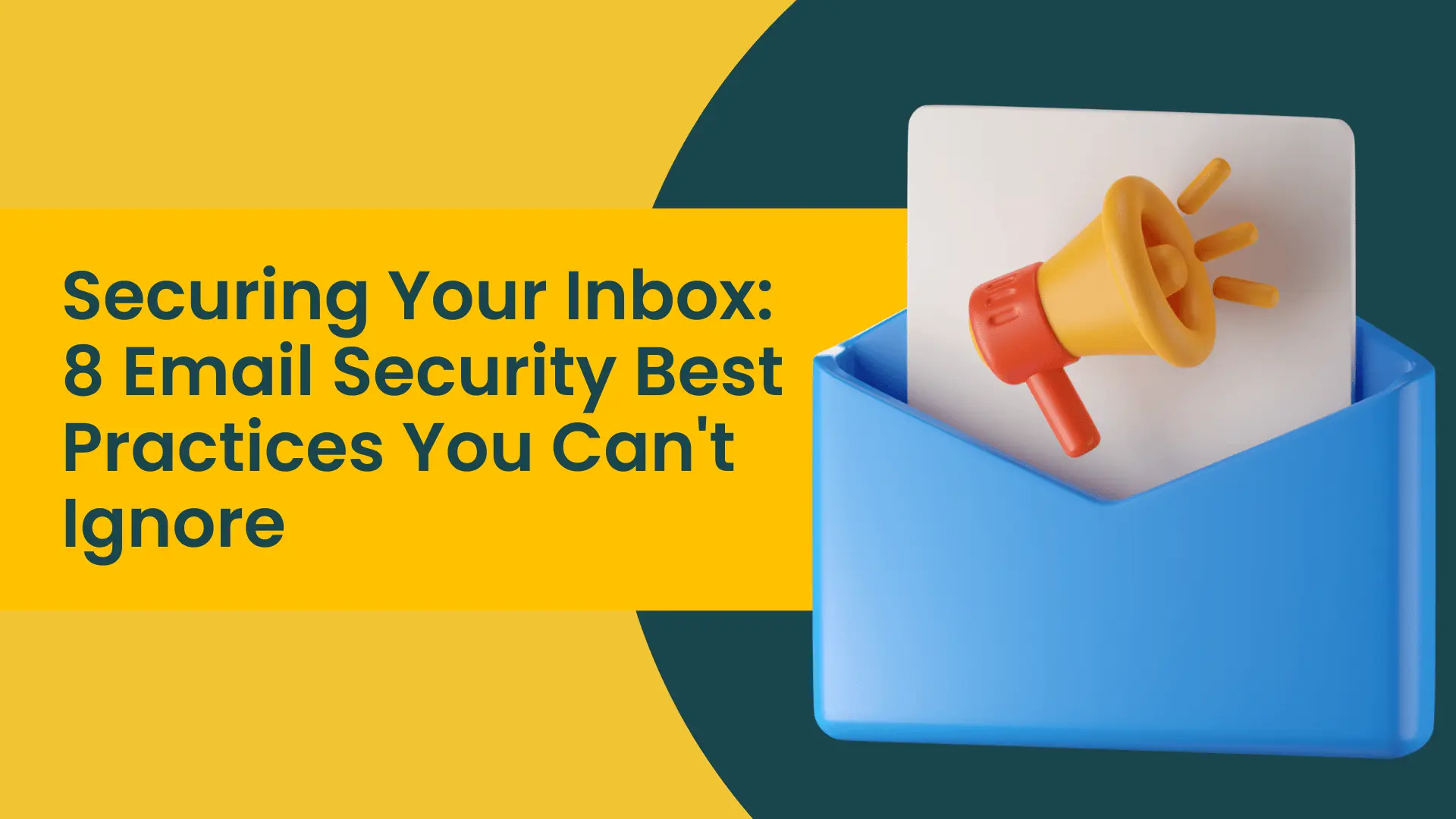8 Essential Email Security Practices for Safe Inboxes
 Published by Bulk Mail Verifier
Published by Bulk Mail Verifier
Email security remains one of the biggest cybersecurity threats for businesses of all sizes. Attackers continue to find new ways to exploit email, making it crucial for organizations to implement robust email security practices. By following these best practices, you can significantly reduce your organization's vulnerability to cyberattacks and enhance your defenses.
Why Modern Email Infrastructure Needs Multiple Layers of Security
Multiple layers of email security are essential for protecting users and devices. Email is a primary communication tool for organizations worldwide, and without proper security measures, it can be a gateway for cyberattacks. As cybercriminals develop more sophisticated methods, the importance of comprehensive email security becomes paramount.
Train Your Employees on Cybersecurity Awareness
Employees are the first line of defense against email cyberattacks. Implement regular cybersecurity awareness training to help employees recognize threats and understand the importance of following email security best practices. Training should include identifying malicious emails and understanding the risks of trusting unknown senders. Conduct phishing simulations and workshops on email attachment security.
Use Two-Factor Authentication (2FA)
Passwords alone are insufficient in today's threat landscape. Implement 2FA or multi-factor authentication (MFA) to add an extra layer of security. This process ensures that even if a password is compromised, unauthorized access is prevented.
Enable Privacy Settings and Security Alerts
Review and enable available privacy and security options on your accounts. Use multi-factor authentication and enable alerts to be notified of suspicious activity. This proactive approach helps you respond quickly to potential threats.
Use Strong Passwords and Change Them Regularly
Create long, strong, and unique passwords for each account. Change them at least once a year to maintain security. Consider using a password manager to handle multiple accounts securely.
Avoid Social Logins
While convenient, social logins can pose security risks. Use unique logins for each account to prevent a breach in one service from affecting others.
Maintain Multiple Digital Identities
Separate your email accounts for different purposes to minimize risk. Use specific emails for low-risk communications, online shopping, and password resets. This strategy helps protect sensitive information from being compromised.
Limit Access to Public Wi-Fi
When using public Wi-Fi, prioritize using a VPN or cellular networks. Avoid accessing sensitive data over unsecured networks and be cautious with Wi-Fi connections that seem suspicious.
Think Before You Click
Be cautious with hyperlinks in emails, even from trusted sources. Verify the sender's identity before clicking on any links to avoid falling victim to phishing attacks.
Conclusion
Implementing these email security best practices can help your organization stay protected against cyber threats. Regular training, strong authentication methods, and cautious online behavior are key to maintaining a secure email environment. To further enhance your email security and ensure data integrity, consider using BulkMailVerifier.com for reliable email verification services.
Stay safe online and protect your organization from becoming the next victim of email security breaches.